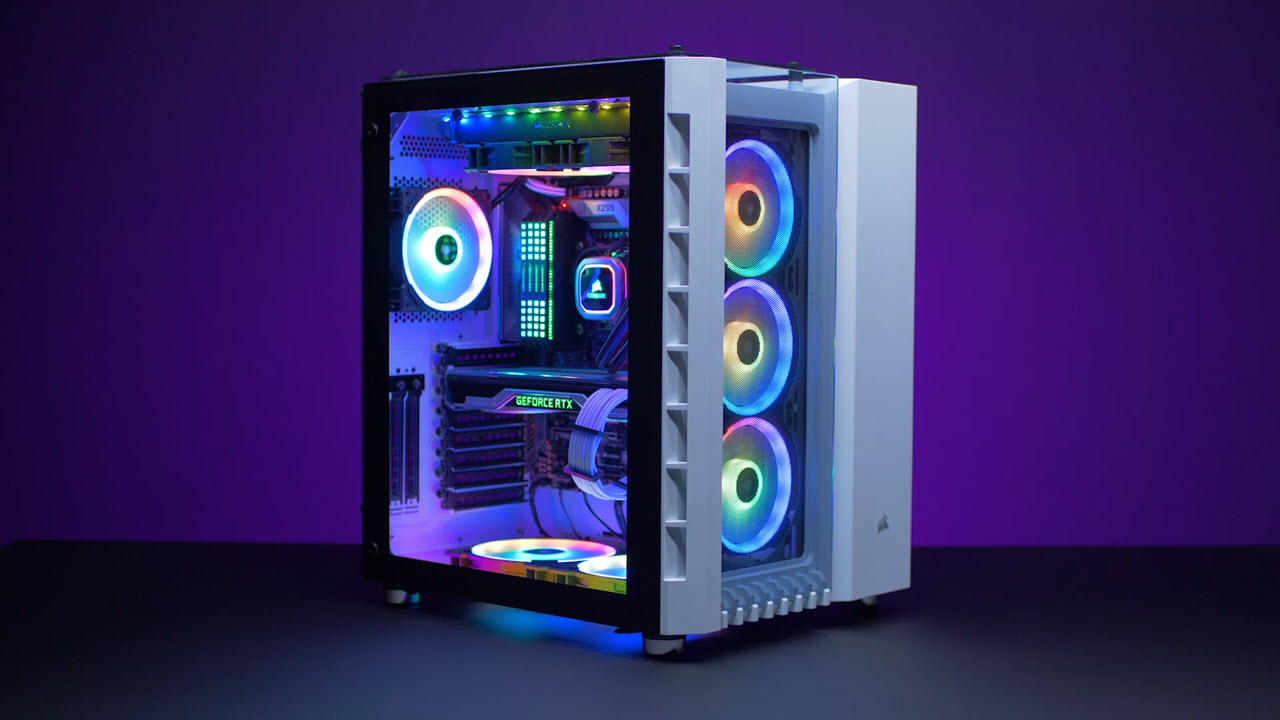When it comes to building a PC, one of the most important decisions you will make is the case. The case not only houses your components but also affects the overall aesthetics and functionality of your build. One popular form factor is the ATX form factor, which allows for larger components and better airflow. However, finding the ATX case can be a challenge. In this article, we will explore some of the smallest ATX cases on the market today.
What is an ATX Case?
ATX stands for Advanced Technology eXtended and is a standard form factor for computer cases and motherboards. ATX cases typically measure 17 inches by 8.7 inches and are designed to fit ATX motherboards, which are slightly larger than micro-ATX or mini-ITX motherboards. ATX cases offer more room for components and better airflow, making them popular among gamers and enthusiasts.
Smallest ATX Cases
While most ATX cases are relatively large, there are some compact options available. Here are some of the Small ATX cases on the market today:
- SilverStone Fortress FT03B – This case measures 9.3 inches by 7.9 inches by 17.3 inches and features a unique rotated motherboard design that allows for better airflow and cable management.
- Thermaltake Core G3 – Measuring 15 inches by 5.5 inches by 12.6 inches, this case is designed for slim builds and features a tempered glass window and a customizable 450W power supply.
- Cooler Master Elite 130 – This case measures 9.4 inches by 8.2 inches by 15.7 inches and is designed for compact builds. It features a mesh front panel for better airflow and supports full-sized graphics cards up to 13.5 inches in length.
- InWin 301 – Measuring 14.8 inches by 8 inches by 14.1 inches, this case features a tempered glass side panel and supports ATX motherboards up to 10.5 inches by 12 inches.
- Lian Li PC-O11 Dynamic Mini – This case measures 14.5 inches by 9.1 inches by 15.8 inches and features a dual-chamber design for improved airflow and cable management. It supports ATX motherboards up to 10.5 inches by 12 inches.
Factors to Consider When Choosing an ATX Case When choosing an ATX case, there are several factors to consider:
- Size – The size of the case will determine how many components you can fit and how easy it will be to build in. Smaller cases may be more difficult to work with, but they offer a more compact form factor.
- Airflow – Good airflow is essential for keeping your components cool and extending their lifespan. Look for cases with plenty of ventilation and room for fans.
- Cable management – A case with good cable management options will make it easier to build and maintain your PC. Look for cases with cable routing channels, tie-down points, and space behind the motherboard tray for cables.
- Aesthetics – The case will be a visible part of your build, so it’s important to choose one that you like the look of. Consider the color, materials, and design of the case.
Conclusion
Choosing the right ATX case is an important decision when building a PC. While most ATX cases are relatively large, there are some compact options available for those who want a more compact form factor. When choosing an ATX case, consider the size, airflow, cable management, and aesthetics to find the best option for your needs. With the right case, you can build a powerful and stylish PC that will serve you well for years


Comments are closed.